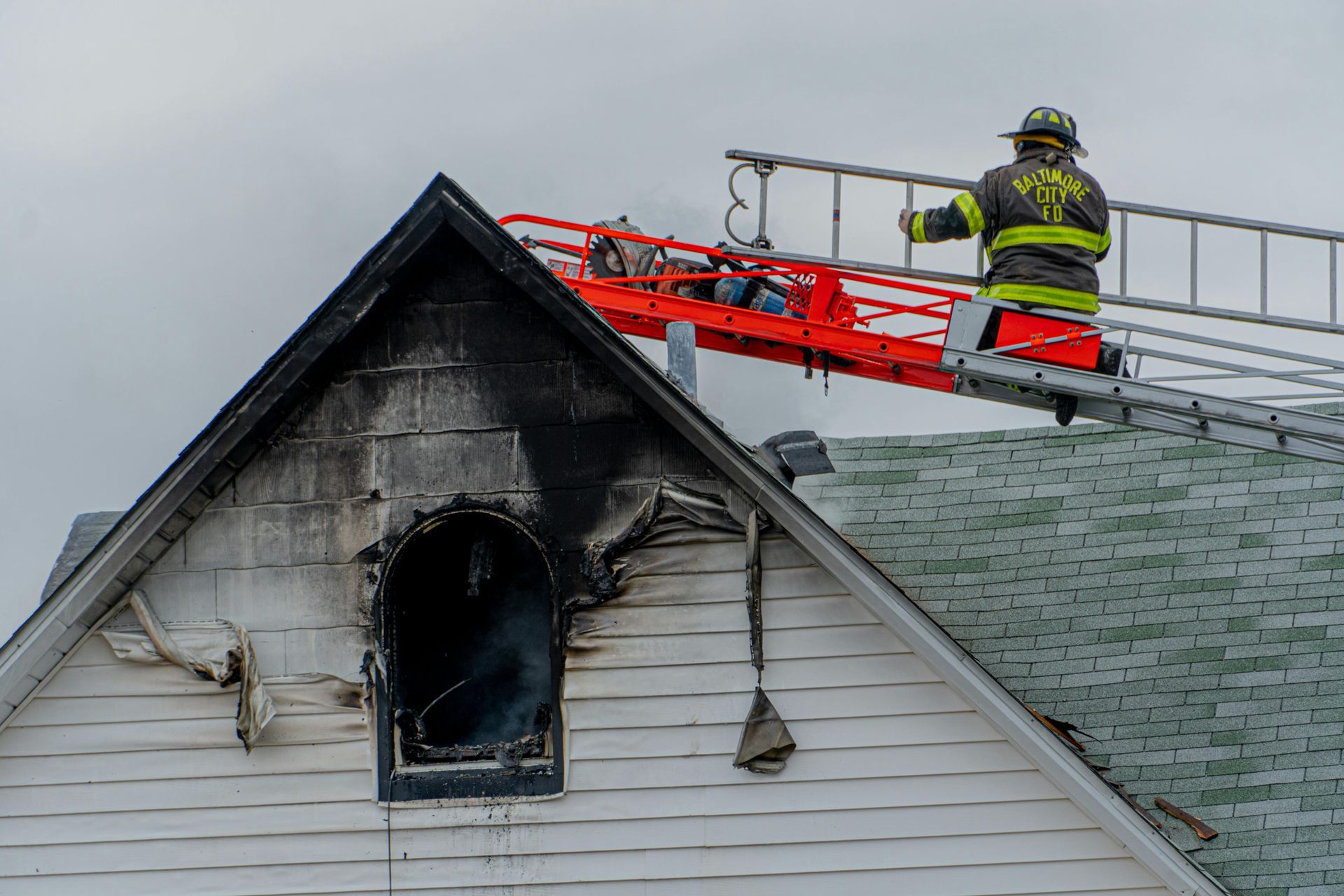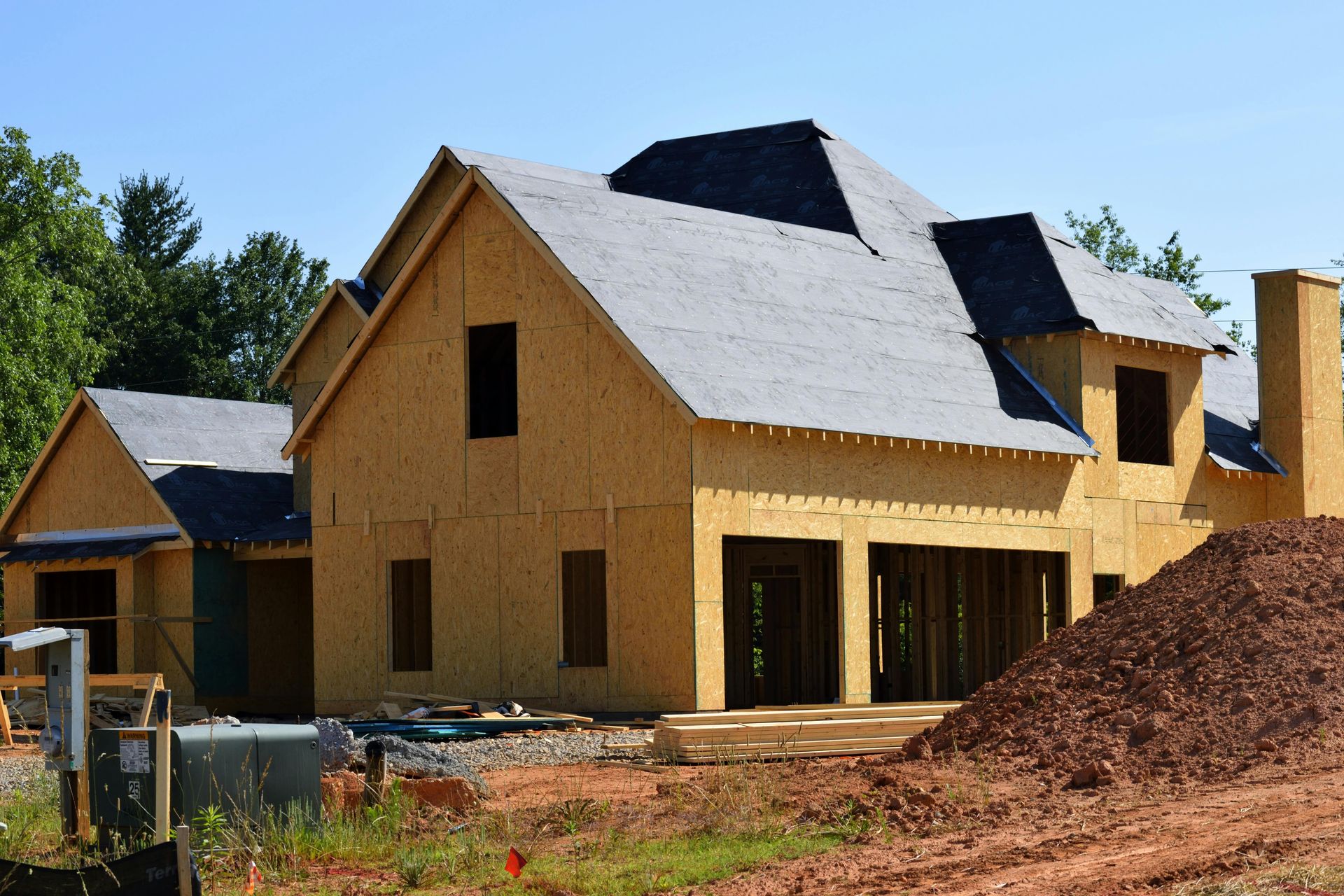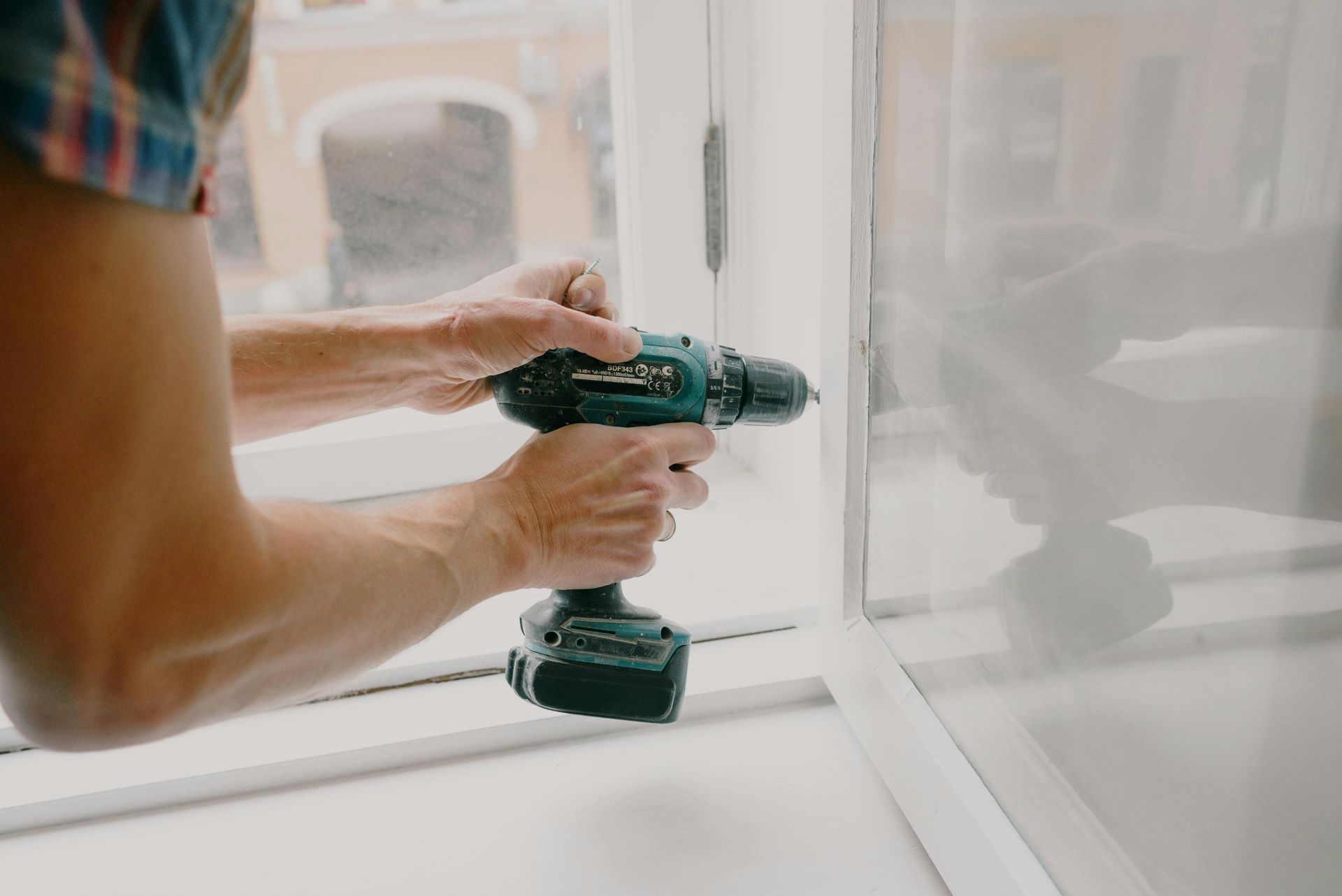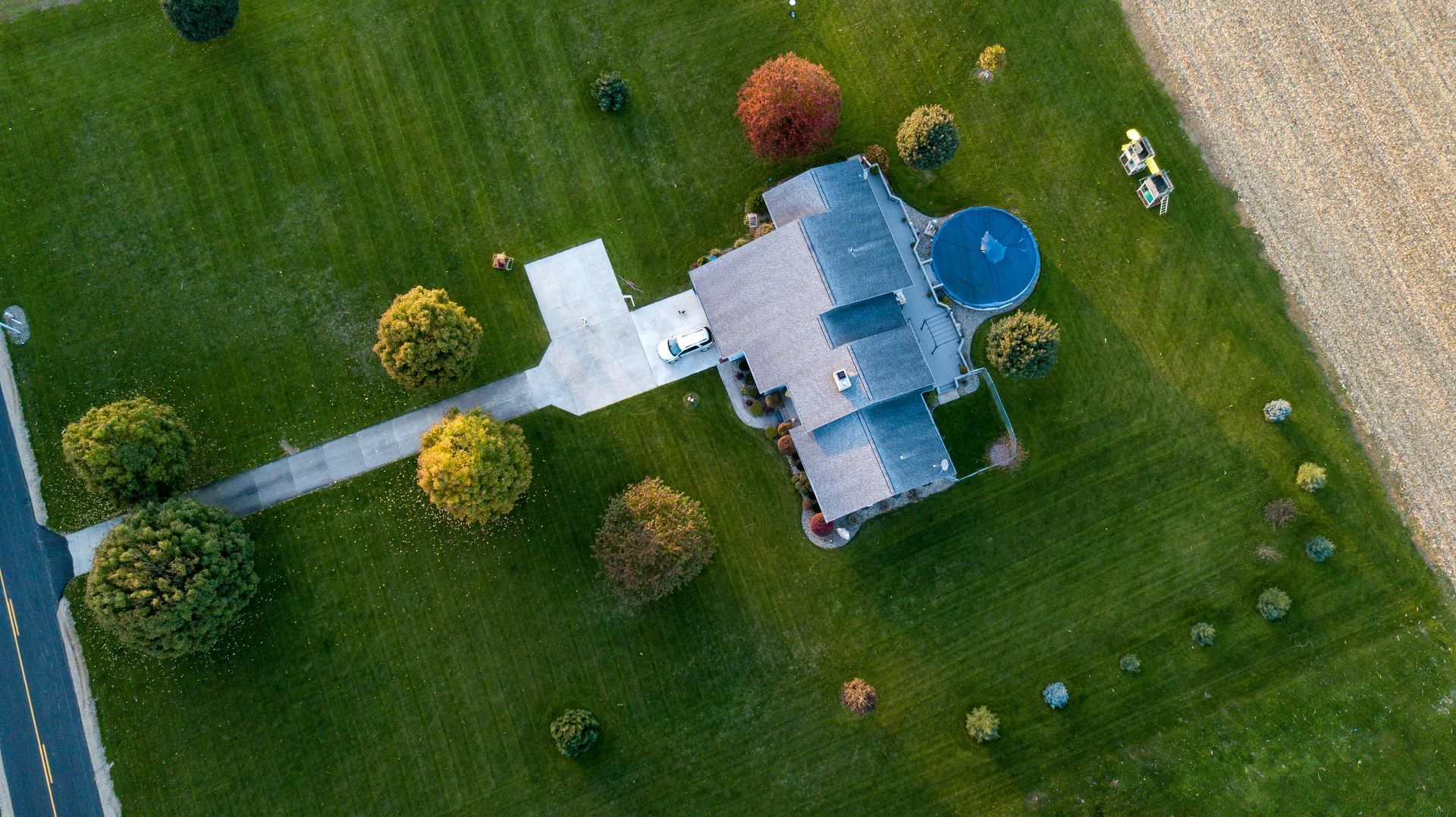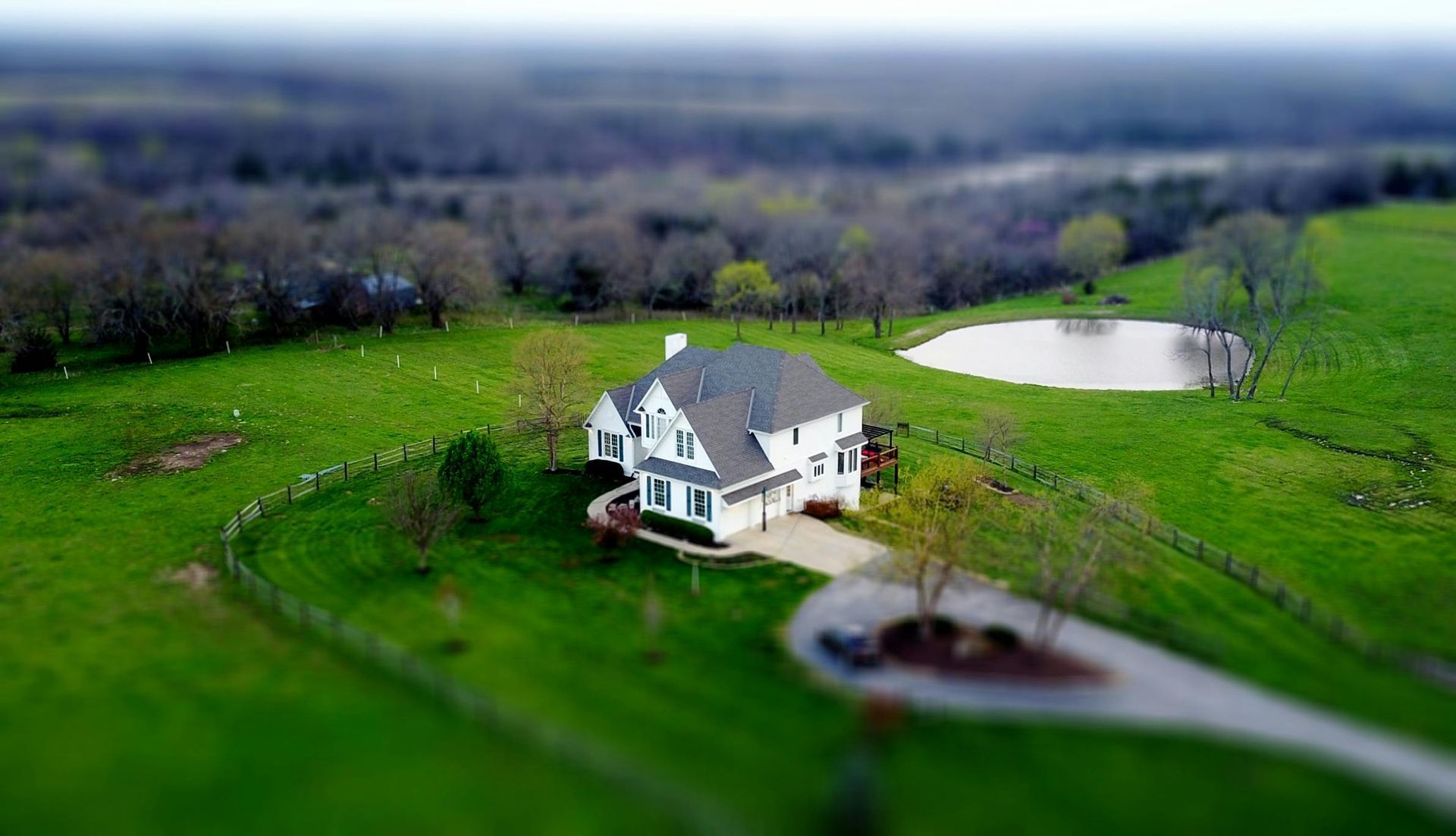Filing State Farm Hail Damage Claims: How to Expedite Your Restoration in North Texas
State Farm Hail Damage Claims - How to Expedite
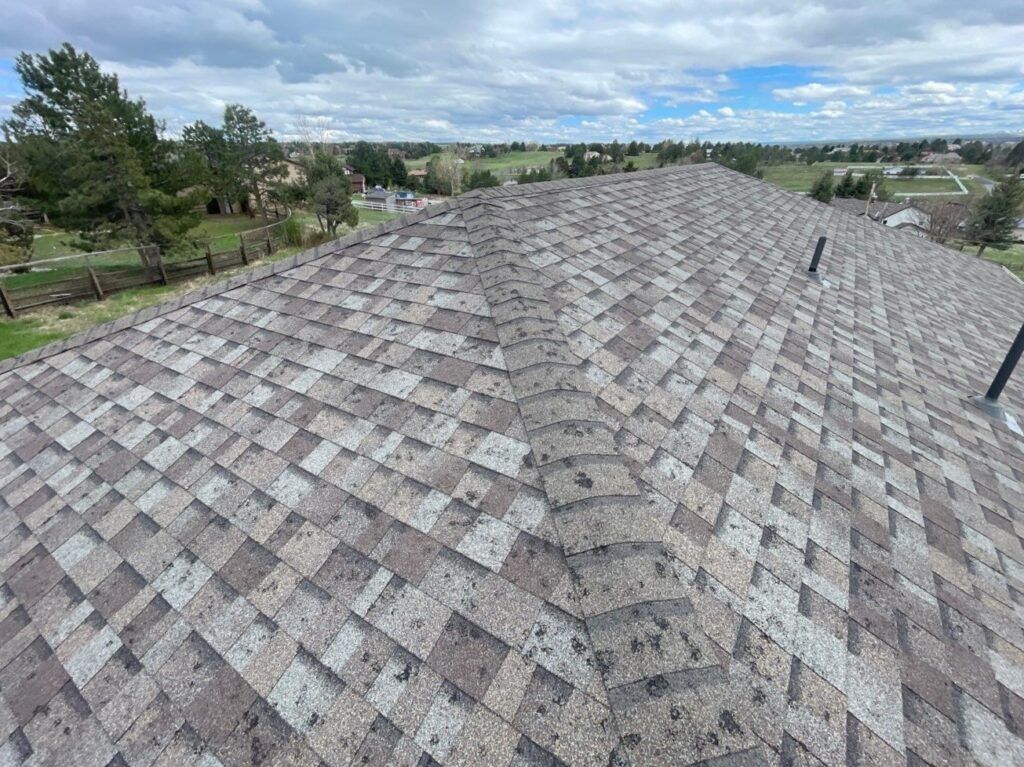
When you live in North Texas, hailstorms are practically a rite of passage. From spring’s sudden hailstorms in Fort Worth to summer showers dropping ice chunks in Plano, hail damage is a reality we can’t ignore. If you’re a State Farm policyholder, knowing how to file and expedite your hail damage claim can be the difference between a quick roof repair and months of frustration. In this guide, we’ll walk you through every step of the process so you can navigate your hail damage claim like a pro and get back to enjoying your North Texas home.
Step 1: Assess the Damage Safely
Before jumping into the claim process, it’s essential to evaluate the damage—but safely. Hail can leave your roof looking like it’s been through a meteor shower, but climbing up to see the extent isn’t necessary (and can be dangerous). Instead, stay on the ground and inspect visible areas such as siding, windows, gutters, and any outdoor equipment. Large dents, cracked siding, and broken windows are all indicators of hail damage.
For a better look, grab your phone or camera and take some zoomed-in photos to document anything that seems off. While it might be tempting to get up on the roof, leave the high-altitude inspection to the professionals.
North Texas Tip: In cities like Dallas and Frisco, where larger trees are common, hail can often knock down branches or send debris flying. Make sure to document any resulting damage, as these impacts may also be covered under your hail damage claim.
Step 2: Review Your State Farm Policy
Not all hail damage claims are created equal, and knowing the specifics of your policy can save you from unexpected surprises. Most standard State Farm homeowners insurance policies cover hail damage, but coverage varies depending on the extent of the damage and your deductible.
For example, some policies include a separate wind and hail deductible, which is often higher than your standard deductible. Be sure to review these details in your policy documents or contact your State Farm agent in North Texas, who can clarify what’s covered, what’s not, and what you should expect out-of-pocket.
Pro Tip for North Texans: If you’ve upgraded your home with hail-resistant roofing (a wise move around here), you might be eligible for lower premiums. Ask your State Farm agent if you qualify for a discount that reflects these upgrades.
Step 3: Initiate Your Claim with State Farm
Now it’s time to file the claim, which can be done through multiple convenient avenues with State Farm:
- Online: Log in to your State Farm account on the website or app. This option allows you to file a claim, upload photos, and track your claim’s progress from start to finish.
- Phone: Call State Farm’s claims hotline. A representative will take your information and walk you through the process.
- With Your Local Agent: If you have a local agent in North Texas, like in Arlington or McKinney, they can assist with the claim and provide insights specific to the area.
When filing, be prepared to provide essential details: the date of the hailstorm, the extent of the damage you’ve observed, and any supporting photos you’ve taken. Once filed, you’ll receive a claim number and updates on the next steps.
Tip for Quick Filing: Hailstorms often affect multiple homes in the area, so filing your claim as soon as possible can help you beat the rush and expedite the process.
Step 4: Make Temporary Repairs to Prevent Further Damage
Once your claim is filed, make any necessary temporary repairs to protect your home from additional damage. This step is crucial, as secondary damage caused by delayed repairs may not be covered by State Farm.
Temporary repairs might include:
- Placing a tarp over damaged roof areas
- Boarding up cracked or broken windows
- Clearing gutters to prevent water overflow
Why It Matters: State Farm usually covers the cost of temporary repairs, so keep receipts for any materials or services you purchase. However, avoid extensive repairs before an adjuster has seen the damage, as they need to document it thoroughly.
Step 5: Working with a State Farm Adjuster
Soon after filing your claim, a State Farm adjuster will reach out to schedule a time to inspect your property. This inspection is key to determining the extent of the hail damage and what your policy will cover.
During the inspection:
- Accompany the adjuster to discuss any specific areas of concern.
- Share any documentation or photos you’ve collected.
- Ask questions about coverage, timeline, and next steps.
Local Insight: In hail-prone areas like Denton and Flower Mound, adjusters are often seasoned experts who know exactly what to look for. If you feel they missed something, speak up. The adjuster’s report directly influences your claim payout, so it’s essential to be thorough.
Step 6: Choose a Reputable Contractor for Repairs
After the inspection, it’s time to start repairs. Choosing a trustworthy contractor in North Texas is crucial, especially when hail damage leads to roofing work. Unfortunately, hail season often brings out “storm chasers”—contractors who swoop in after storms, offering too-good-to-be-true deals and low-quality repairs.
When selecting a contractor:
- Look for North Texas contractors with solid reputations, ideally those recommended by State Farm or with local references.
- Verify credentials and read reviews.
- Obtain multiple estimates to compare quality and cost.
Local Tip: Cities like Plano and Richardson have several highly-rated roofing and repair companies familiar with State Farm’s claim process, which can help ensure a smooth restoration experience.
Step 7: Understanding Your Deductible and Claim Payment
State Farm deductibles for hail and wind damage may be higher than your standard deductible, so it’s essential to understand what you’ll be responsible for financially. Once the adjuster’s report is completed and the claim is approved, you’ll receive the Actual Cash Value (ACV) of your damaged property, minus your deductible.
If you have a replacement cost policy, you can receive additional funds to cover the difference between the ACV and the cost to fully repair or replace the damaged items. This second payment (Replacement Cost Value) typically arrives after repairs are complete and receipts are submitted to State Farm.
Step 8: Tips to Expedite Your Claim Process
Hail damage claims can be time-sensitive, especially in North Texas, where storm season can bring back-to-back damage. Here are some strategies for a faster, smoother claims process:
- File ASAP: The earlier you file, the quicker your claim can be processed before the post-storm rush.
- Have Documents Ready: Organize all photos, estimates, and receipts. The more organized you are, the quicker your adjuster can assess your claim.
- Communicate Promptly: Respond quickly to any requests from your adjuster or State Farm representatives. Timely communication can make a big difference.
- Use Preferred Vendors: If possible, work with vendors that State Farm recognizes or has worked with before, as they’re familiar with State Farm’s process and requirements.
Step 9: Prevention Tips for Future Hail Damage
After navigating a hail damage claim, most North Texas homeowners feel a little wiser about protecting their property. Here are a few ways to minimize hail damage in the future:
- Invest in Impact-Resistant Roofing: Impact-resistant shingles can handle hail better, reducing future damage (and potentially lowering premiums).
- Install Storm Shutters: Protect windows in hail-heavy areas with shutters.
- Use Outdoor Covers: Cover outdoor HVAC units, cars, and furniture during storms to prevent hail damage.
Final Thoughts for North Texas State Farm Policyholders
Filing a hail damage claim can feel like a lot, but with State Farm’s resources and the right approach, it doesn’t have to be overwhelming. By following these steps, North Texans can expedite their claims, ensure quality repairs, and get back to enjoying their homes—hail-free.
So the next time a hailstorm strikes in Allen, Lewisville, or Carrollton, you’ll be prepared to handle your claim quickly and efficiently, knowing you’re equipped to restore your home with ease. Here’s to a speedy restoration and a hail-resistant future in the heart of North Texas!

